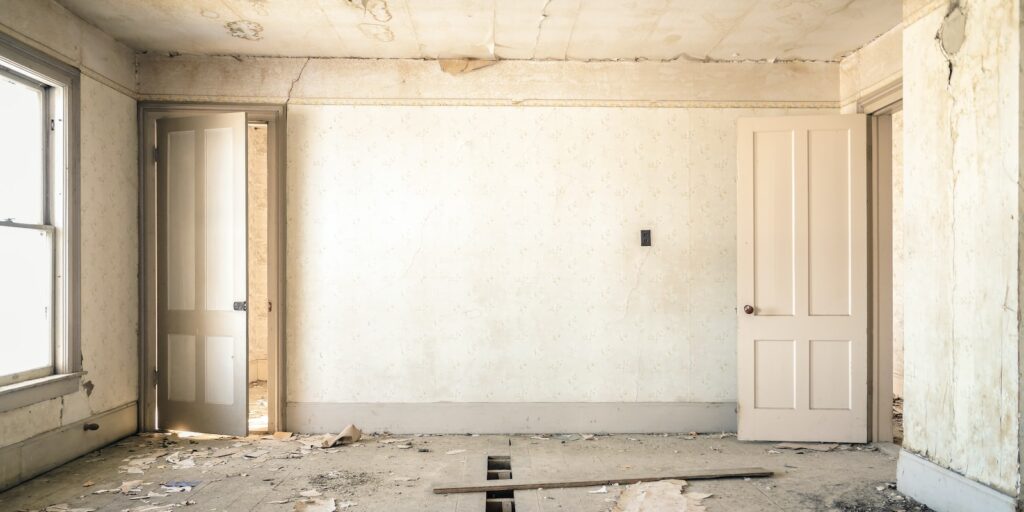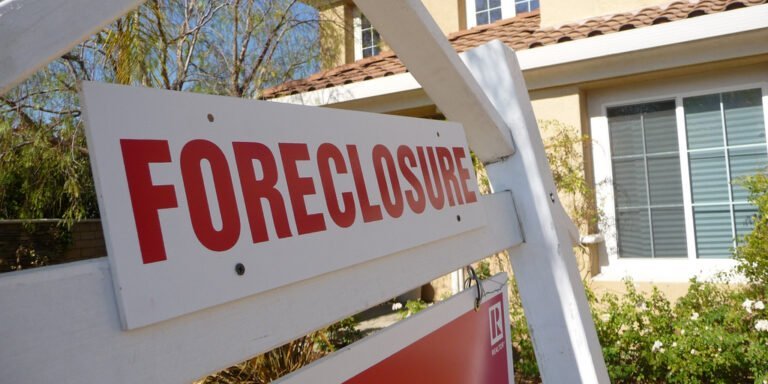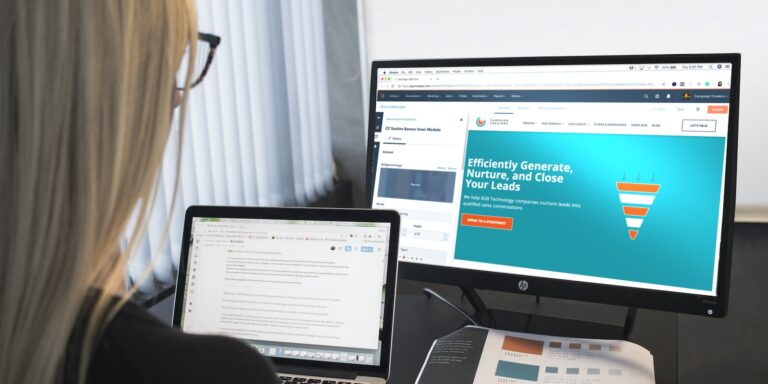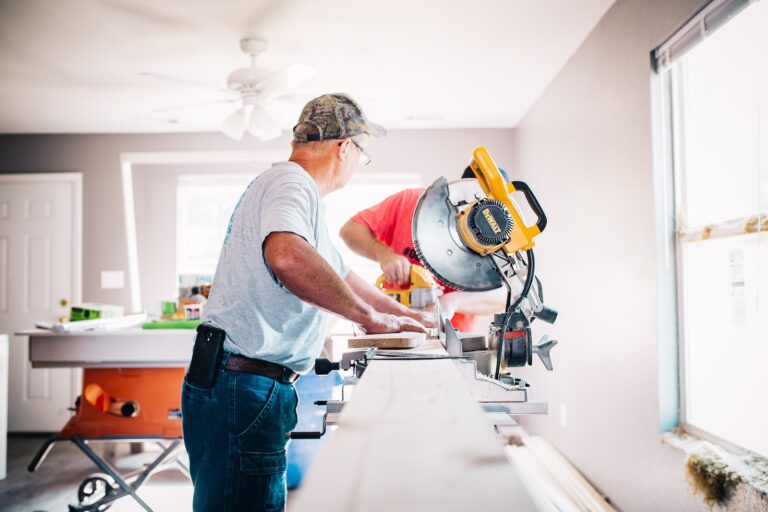
How to Determine the Best Properties For Fix and Flip Investing
When analyzing properties, you must have some guidelines in place on how to determine the best properties for fix and flip investing.
Usually, that means finding a property that is undervalued because of some type of motivation. And there are many types of motivation that you can look at when trying to analyze properties.
The most value is where you can increase the value of the property the most. And you are able to make the most profit from that increase.
Fix and flip real estate investing can be a lucrative business. However, the success of a fix and flip project ultimately depends on the property you choose to invest in.
The key to a successful fix and flip is finding the right property that can be renovated and sold for a profit.
In this article, we will discuss how to determine the best properties for fix and flip investing.
1. Location
When it comes to real estate investing, location is everything. The ideal fix and flip property should be located in a desirable area that has a high potential for growth. This may include neighborhoods that are close to amenities such as schools, shopping centers, and public transportation. Look for areas that are experiencing high demand from buyers and have a low inventory of homes for sale. This will increase the likelihood of selling the property quickly and at a higher price.
2. Price
The purchase price of the property is a crucial factor in determining whether a fix and flip project will be profitable. It’s important to ensure that the property is priced below market value so that you can make a profit when you sell it. Consider the cost of repairs and renovations, as well as any fees or commissions that will be incurred during the sale. If the total cost of the project exceeds the potential sale price, it may not be worth investing in the property.
3. Property Condition
The condition of the property is another important factor to consider. Look for properties that require cosmetic repairs such as painting, flooring, and landscaping. These types of repairs are relatively inexpensive and can significantly improve the overall value of the property. Avoid properties that require major structural repairs or have significant damage, as these repairs can be costly and may not be worth the investment. So for example, in the case of a fix and flip, it might mean renovating a bathroom or upgrading the kitchen. It might mean just changing the tiles or carpets and just painting the place.
For example, I know people who have bought a fix and flip where they purchased it for 60% of the market value and they only had to do some painting and replace some carpets. They spent maybe $10,000 on that renovation, but they ended up selling it at the market value, which was 100% of their after-repair value estimate.
They ended up making a lot more money than if they would have had to do some kind of major renovation where they were tearing down walls, expanding bedrooms, changing windows, etc.
4. Size and Layout
The size and layout of the property are also important factors to consider. Look for properties that have a layout that is appealing to buyers, such as an open floor plan or a large master suite. The size of the property should also be considered, as larger properties may have a higher potential for profit. However, it’s important to ensure that the size and layout of the property are appropriate for the neighborhood and the target market.
5. Market Demand
When considering buying or selling a property, it’s important to take into account the demand for homes in the area. Demand refers to the number of people who are interested in purchasing a home in a particular area, and it can have a significant impact on the price you can expect to pay or receive for a property.
Another factor that can affect demand is the availability of properties. If there are few homes available for sale in a particular area, this can drive up demand and result in higher prices. Conversely, if there are many homes on the market, this can lead to lower prices and less demand. When assessing demand, it’s important to research the local real estate market to determine trends and patterns. This can be done by reviewing recent sales data, analyzing local economic conditions, and speaking to local real estate agents. It’s also important to consider the needs and preferences of potential buyers and to tailor your property to meet those needs. Ultimately, understanding market demand is essential for anyone looking to buy or sell a property. By doing your research and working with an experienced real estate agent, you can maximize your chances of success and achieve your goals in the current market.
6. Potential for Profit
Ultimately, the potential for profit is the most important factor to consider when determining the best properties for fix and flip real estate investing. Consider the purchase price, the cost of renovations, and the potential sale price to determine the potential profit margin. It’s important to ensure that the potential profit justifies the investment and the risk involved.
Conclusion
How to determine the best properties for fix and flip investing requires careful research and analysis. Consider the location, price, condition, size and layout, market demand, and potential for profit when evaluating properties. With the right property and careful planning, fix and flip real estate investing can be a profitable business.
Try to figure out which property will provide you with the most value. Don’t get caught up adding things like marble countertops and other high-end upgrades. You must be careful that you do not over-renovate the property.






